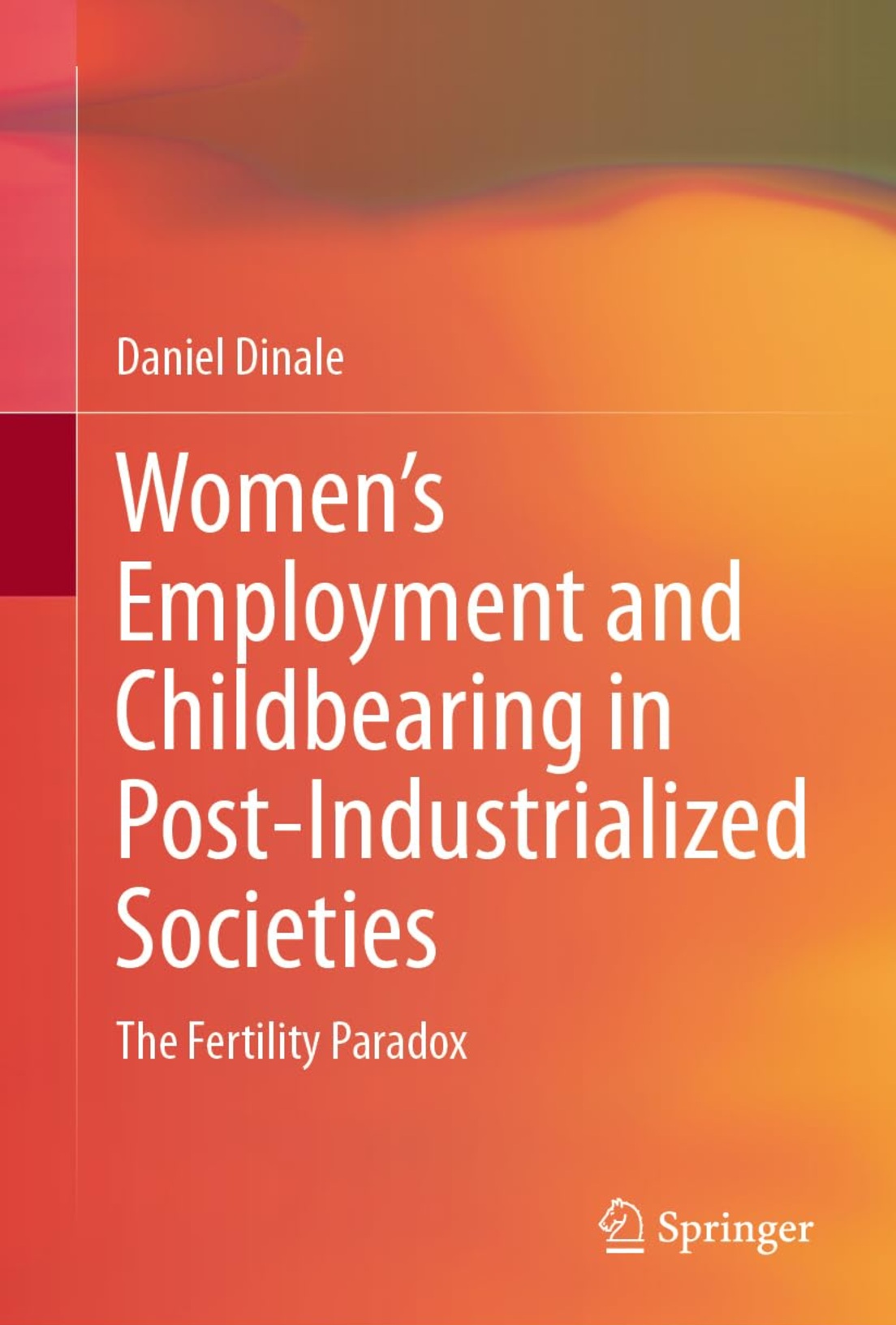

Most ebook files are in PDF format, so you can easily read them using various software such as Foxit Reader or directly on the Google Chrome browser.
Some ebook files are released by publishers in other formats such as .awz, .mobi, .epub, .fb2, etc. You may need to install specific software to read these formats on mobile/PC, such as Calibre.
Please read the tutorial at this link: https://ebookbell.com/faq
We offer FREE conversion to the popular formats you request; however, this may take some time. Therefore, right after payment, please email us, and we will try to provide the service as quickly as possible.
For some exceptional file formats or broken links (if any), please refrain from opening any disputes. Instead, email us first, and we will try to assist within a maximum of 6 hours.
EbookBell Team

0.0
0 reviewsChapter 1: The Fertility Paradox: More Working Women, More Babies
1.1 The Relationship Between Production and Reproduction in Historical Context
1.2 The Bygone Era of Fertility: More Working Women, Fewer Babies
1.3 A New Era in Fertility: More Working Women, More Babies
Why Is This the Case?
1.4 Solving the Fertility Paradox: An Employment Relations Perspective
1.5 Why Is the Fertility Paradox Important?
1.6 Plan of the Book
The Need for A Retheorisation: Inadequacy of Traditional Explanations of Demographic Change
Retheorising the Relationship Between Production and Reproduction: Multi-institutional Gender Equality as a Way Forward
Flexible Service-Oriented Labour Markets
Gender Egalitarian Social Policy and Welfare State Institutions
Equitable Division of Household Labour
The Future of Fertility
Chapter 2: Traditional Explanations for the Fertility Paradox
2.1 The Three Theories of Transition: Traditional Explanations of the Fertility Paradox
Gary Becker´s New Home Economics
Preference Theories
Second Demographic
…